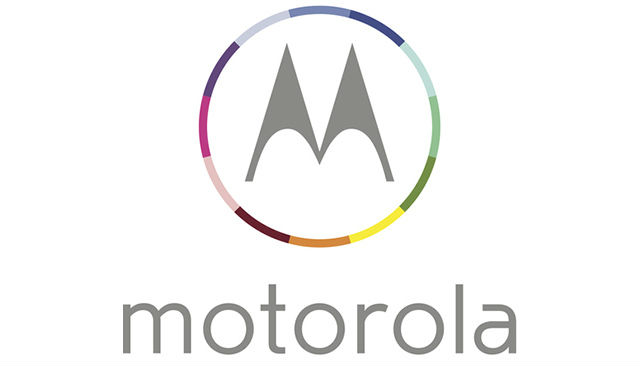
Motorola‘s struggling smartphone sales in recent years have been well-documented, and as the company prepares to move from Google’s ownership to Lenovo’s, it seems that sales have markedly improved over the past year. Indeed, experts expect the company return to good fortunes under Lenovo’s stewardship.
The turnaround took analysts by surprise at ABI Research, who’ve reported that Motorola sold 8.6 million smartphones in Q2 2014, up from 6.5 million in the first quarter of the year. That’s a growth of 100% compared to the same quarter last year. Motorola may not be in the top five smartphone vendors and manufacturers, but it’s certainly a remarkable turnaround for the company in the space of a year.
Motorola’s turnaround can be attributed to Google, who announced their intent to purchase the handset maker three years ago this week. After a rough couple of years getting to grips with the business and fulfilling existing manufacturing commitments – and spiralling profits – the last year has seen the launch of the true Google-Motorola devices starting with the Moto X in mid-2013.
Analysts say that Motorola has been able to take full advantage of the consumer-led change away from expensive high-end devices towards more affordable handsets with solid specifications for their price. The company has thrived with devices like the well-received Moto G and the newer Moto E, which have proven popular not only with us here at Ausdroid, but consumers alike.
Cue surprised quotes from analysts!
Nick Spencer of ABI Research:
“The resurgence has slightly surprised me, to be honest. I didn’t expect to see Motorola come back in a meaningful way, but it actually has,”
Ben Wood at CCS Insight:
“If you’d asked me about Motorola a year ago, I would have said it was on a distinct trajectory towards oblivion,”
That’s fair surprise, too. There’s been little in the way of good news for Motorola’s financial or sales figures in the last few years, with even the Moto X failing to find much favour in a saturated market.
Analysts are pointing to consumers wanting more affordable smartphones off-contract, and devices like the Moto E and Moto G have helped address this market. while the U.S. remains an important market for Motorola, traction in India and Brazil and a return to Europe have also lifted its sales.
Ben Wood, again:
“As the market for flagship smartphones has softened and a lot of people are looking at buying devices without a contract, Motorola’s Moto E and G seem to have really captured the moment,”
This is great news for the company’s Moto G and Moto E devices, not so much for the X. The Moto X focused more on software features than hardware specs to attract buyers, and this seems to have been put down as a miscalculation. Hopefully the Moto X+1 will improve their changes in capturing the high end market for the company.
There’s also a question of launch timing around the world – the Moto X was famously late to international shelves, arriving here amongst the first wave of 2014 flagships sporting last-gen specs. Had it launched here at the same time as the US, we’d like to think the company’s sales figures might have fared a little differently. It’s a message we’re confident Motorola has heard though, with Australia getting the Moto G and Moto E relatively quickly and we’re looking forward to a timely release of the Moto X+1 … although we’d really like a different name for it.
Motorola can’t rest on its laurels with the Moto E and Moto G. Other companies like OnePlus, China’s Xiaomi, India’s Micromax and even Samsung have benefitted from the growing popularity of affordable phones, and these companies have indicated that they’re looking to take on more of the low end market with more affordable devices, creating more choice and competition.
Like many in the tech world, we have a soft spot for Motorola here at Ausdroid, and it’s good to see the company’s fortunes improving. We can only hope that under the leadership and stewardship of Lenovo that things can only get better for the company, and we’ll be keeping on eye on them.




Hopefully they stick to the “almost stock android” philosophy. The Moto G is the first android phone that I bought that wasn’t a Nexus device. 🙂